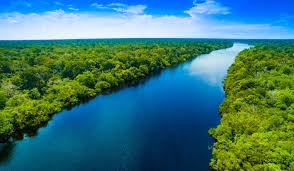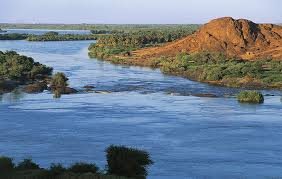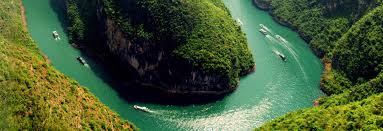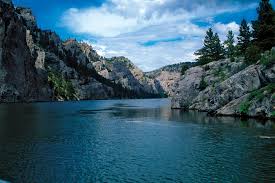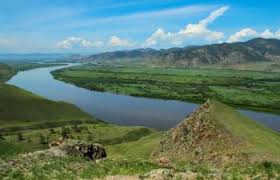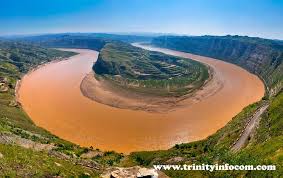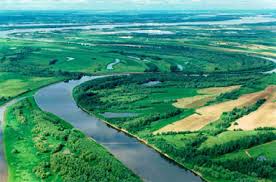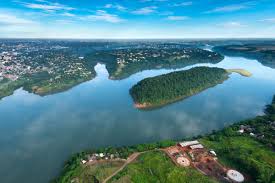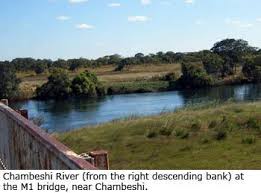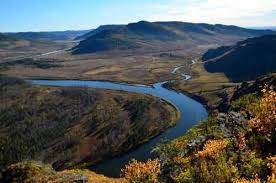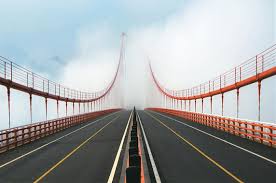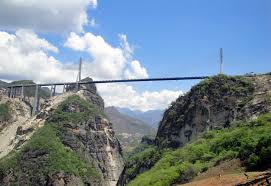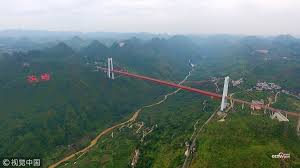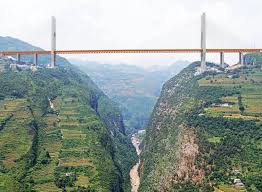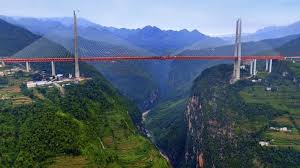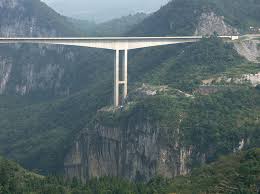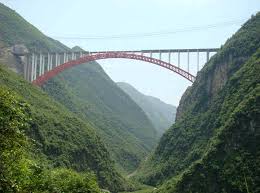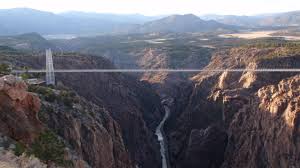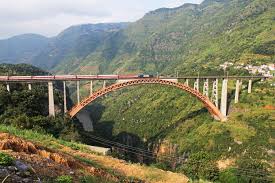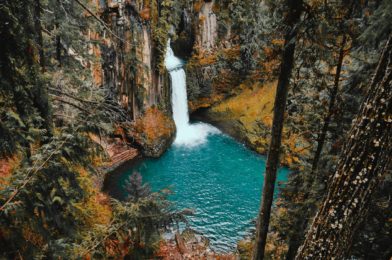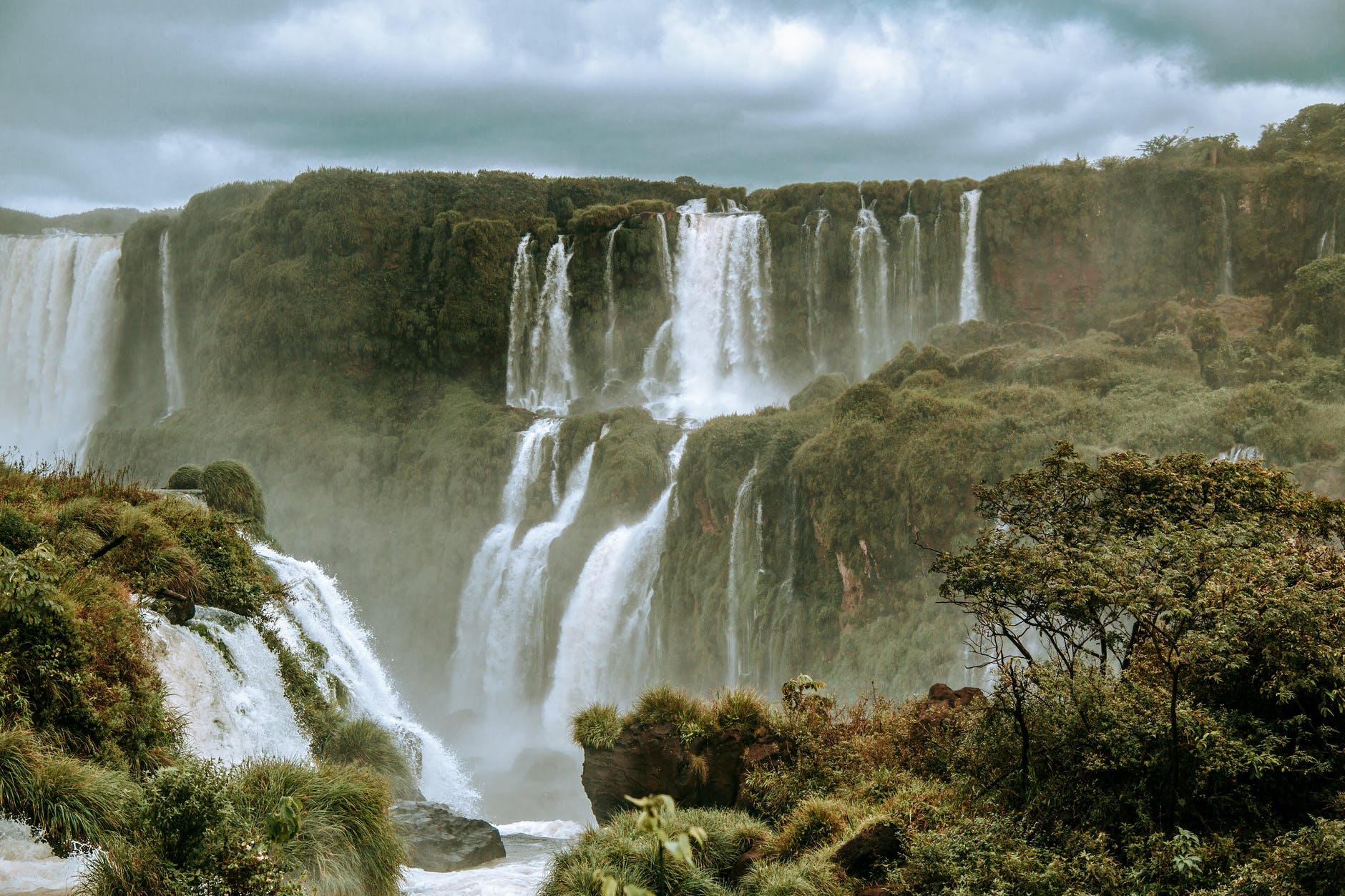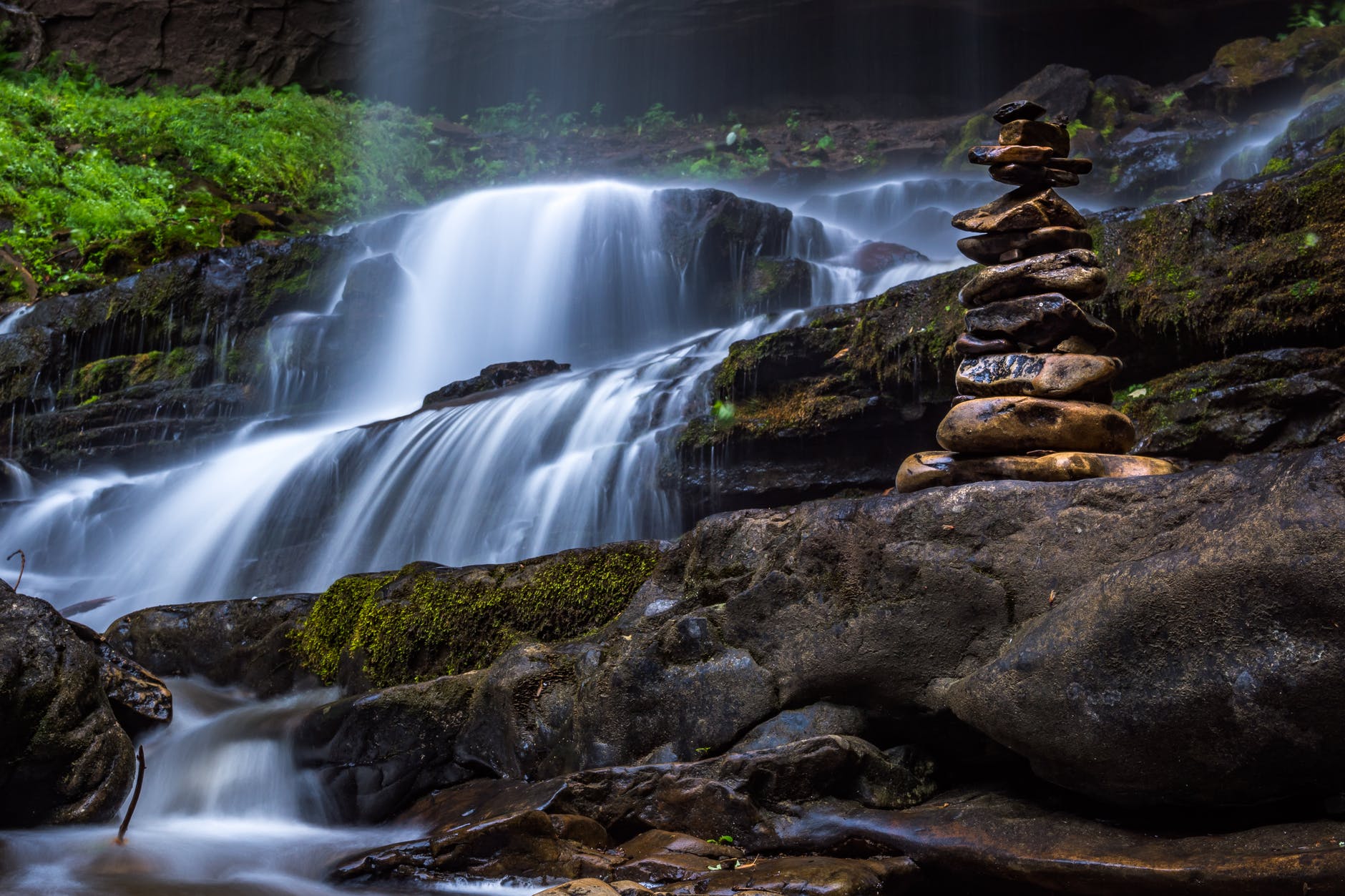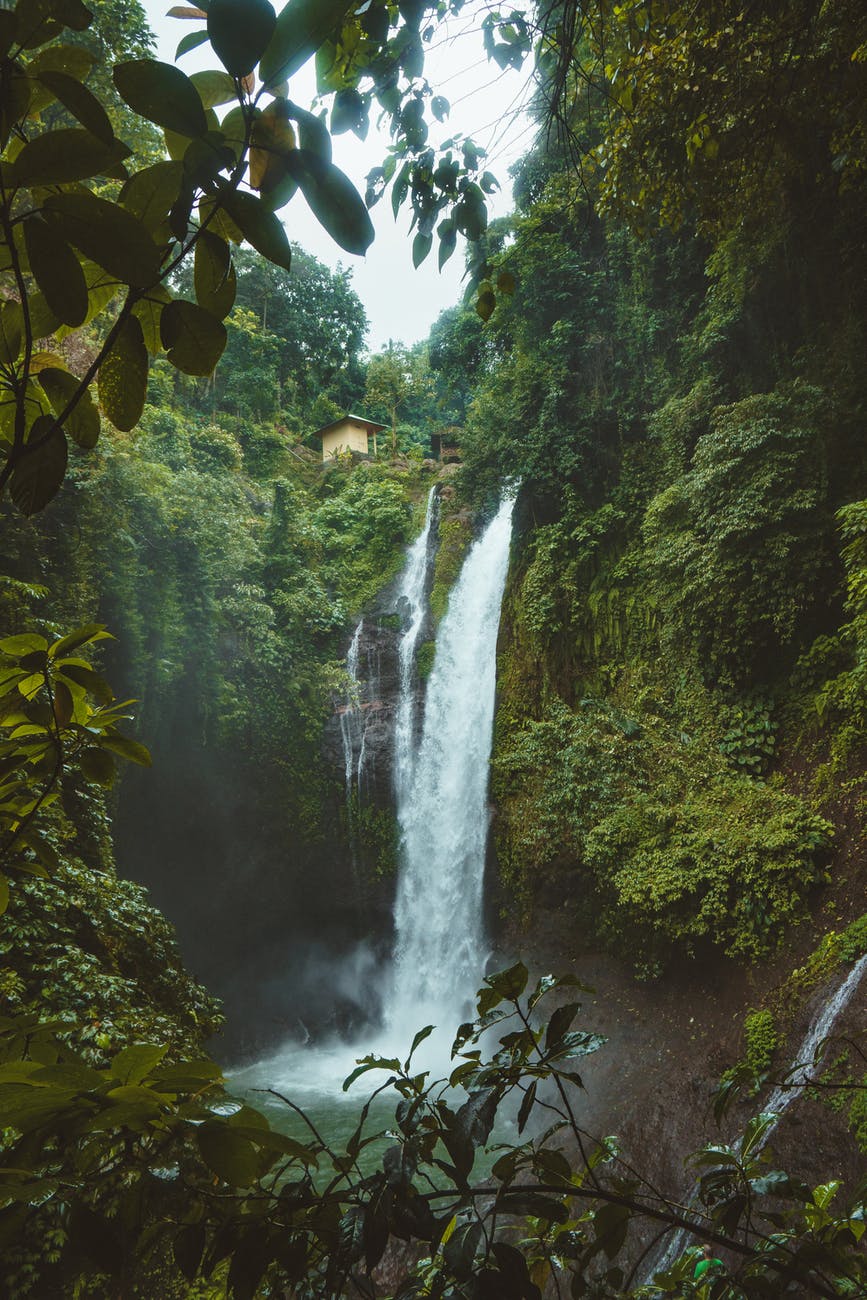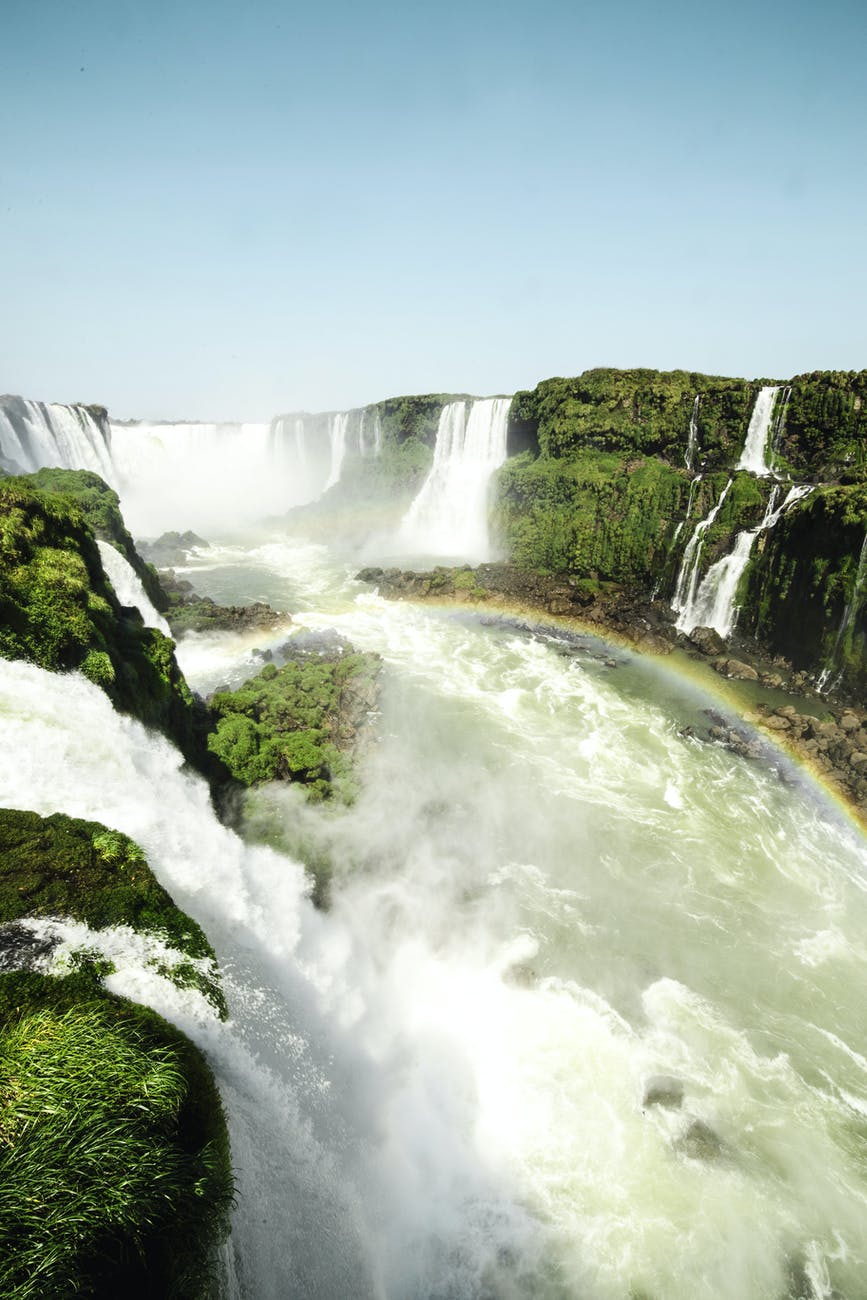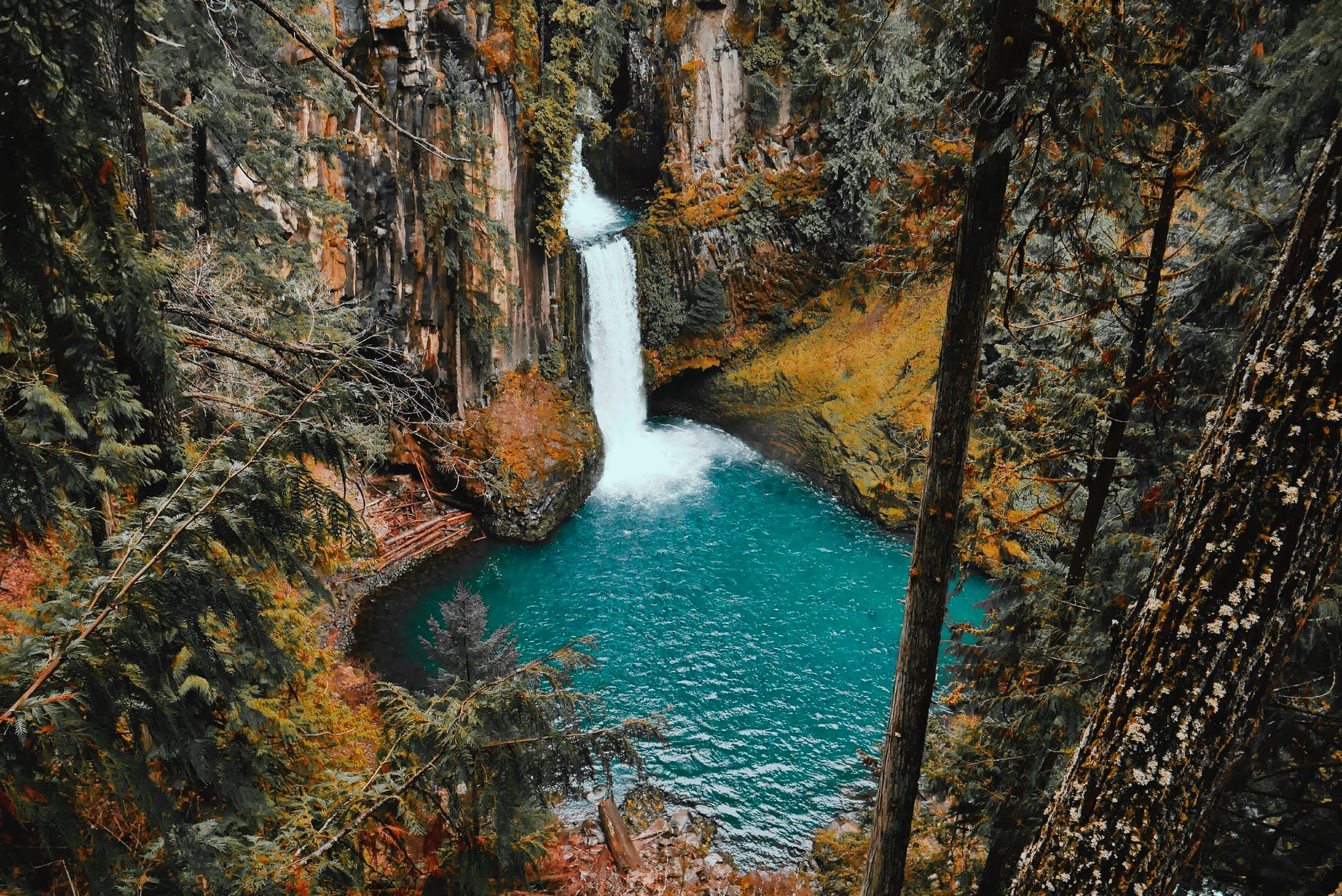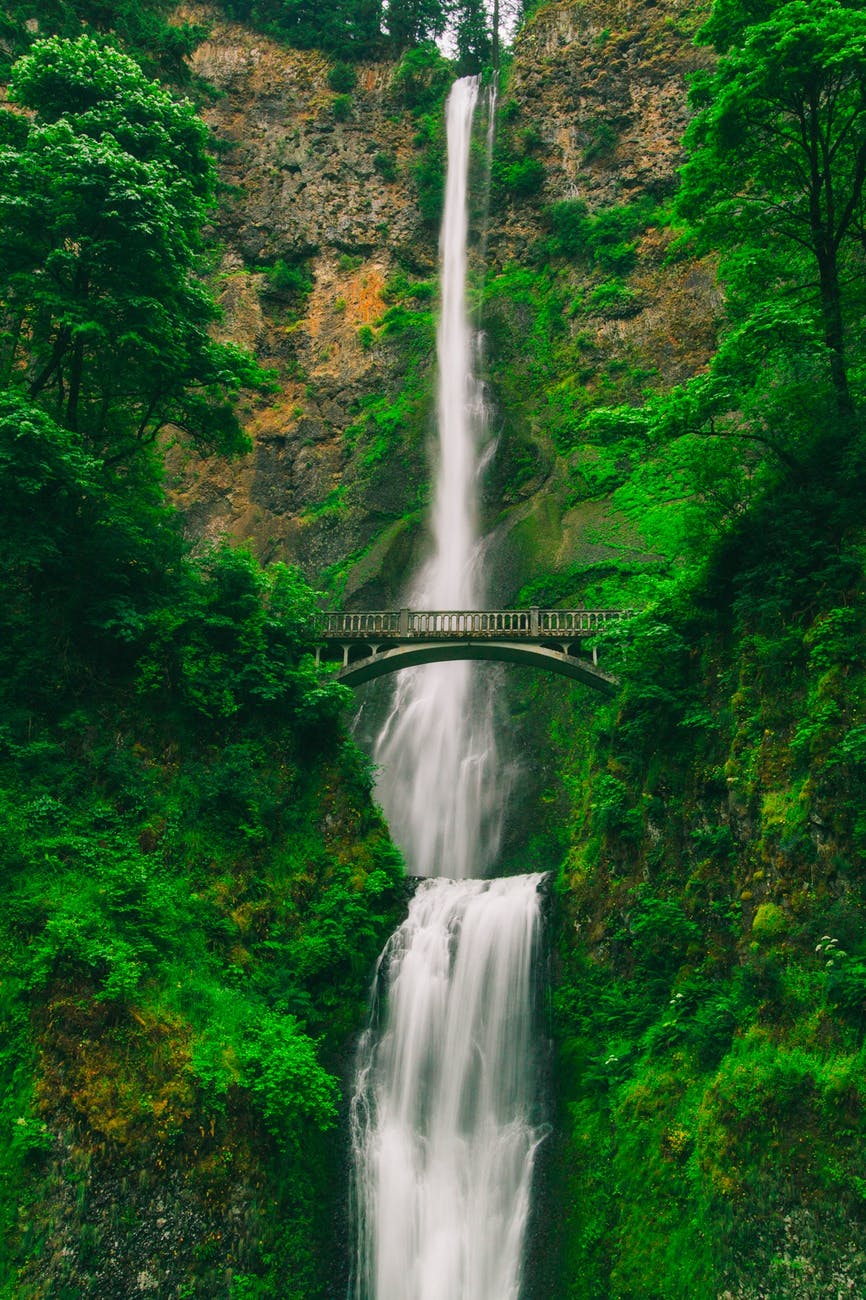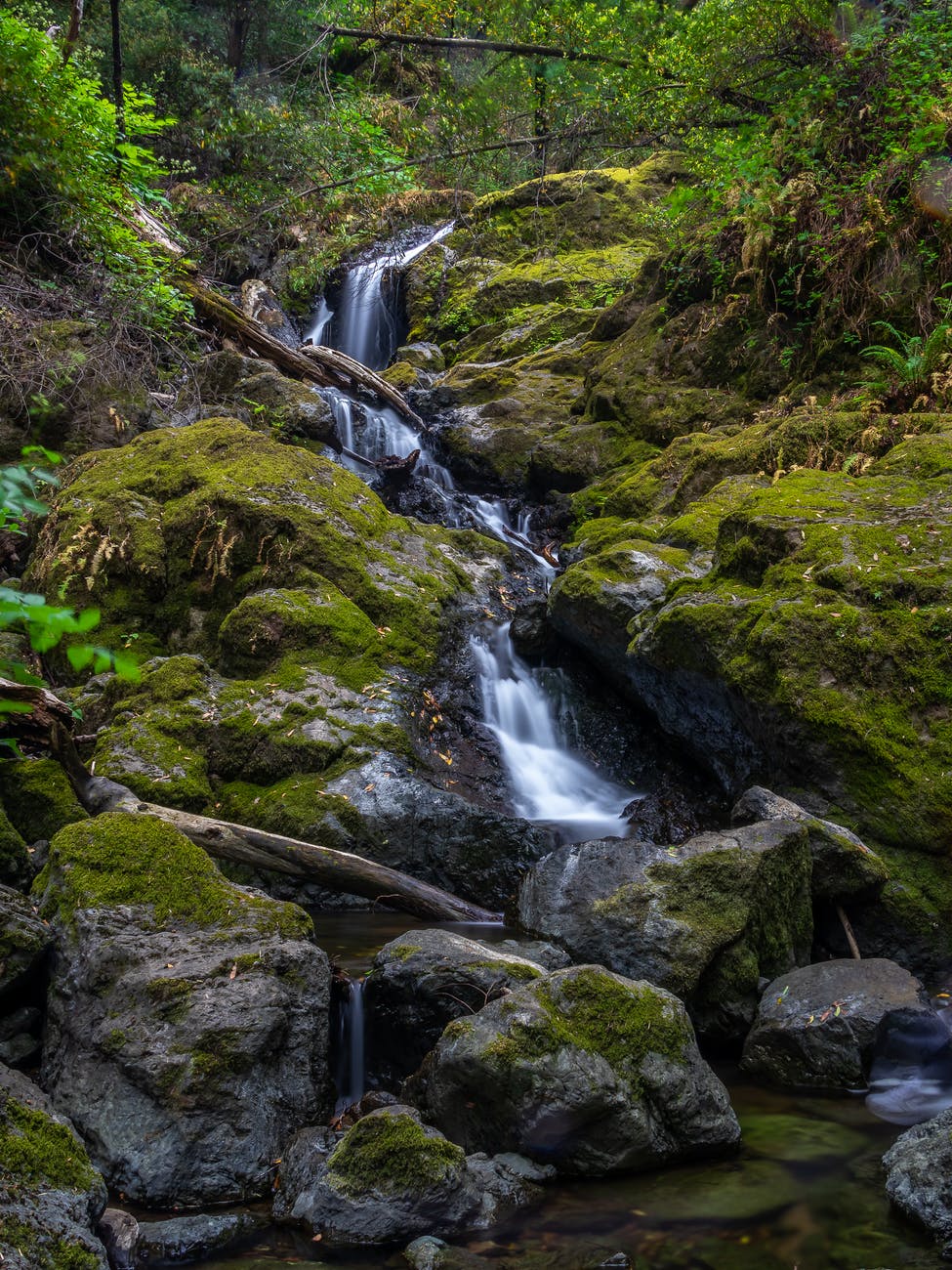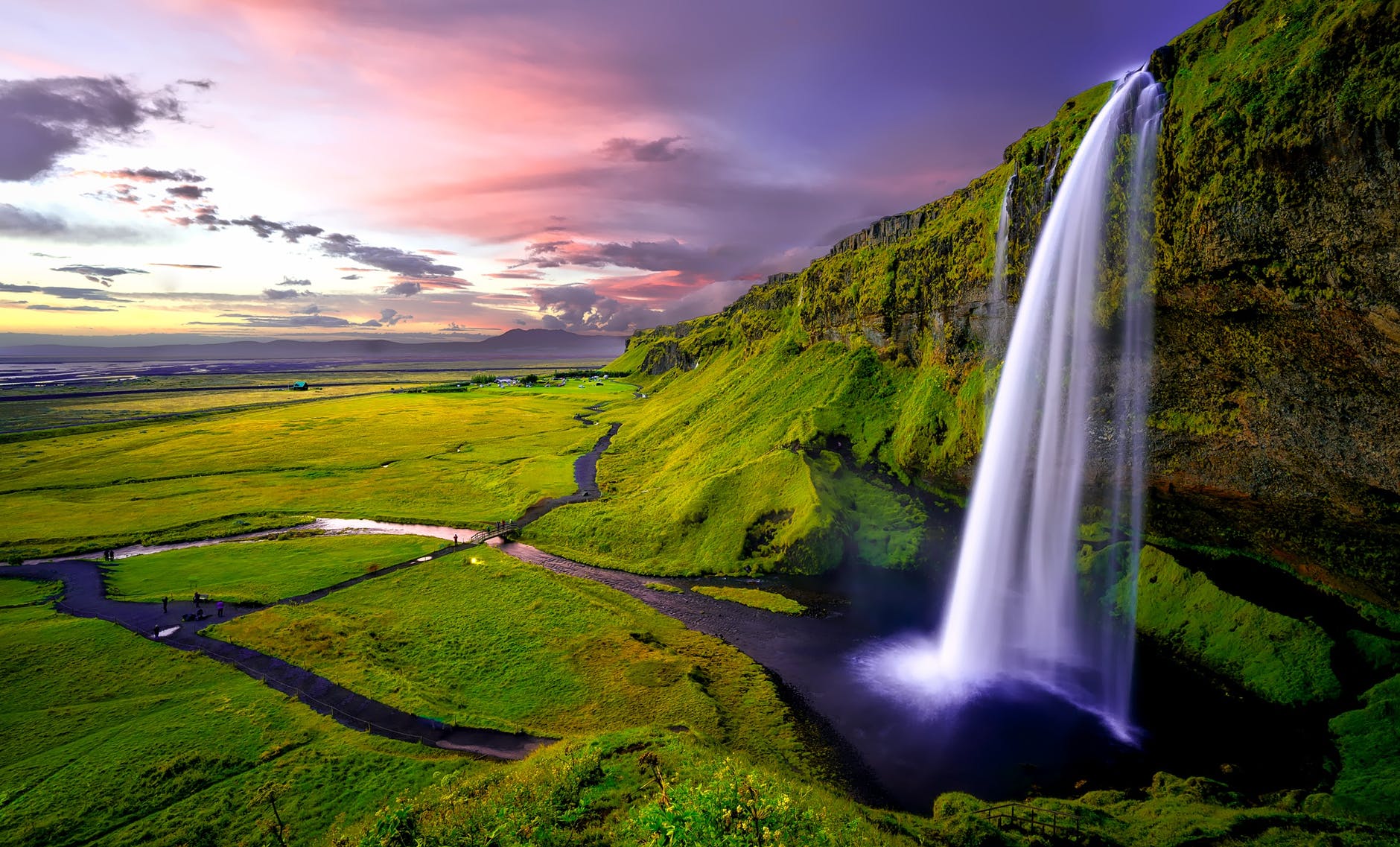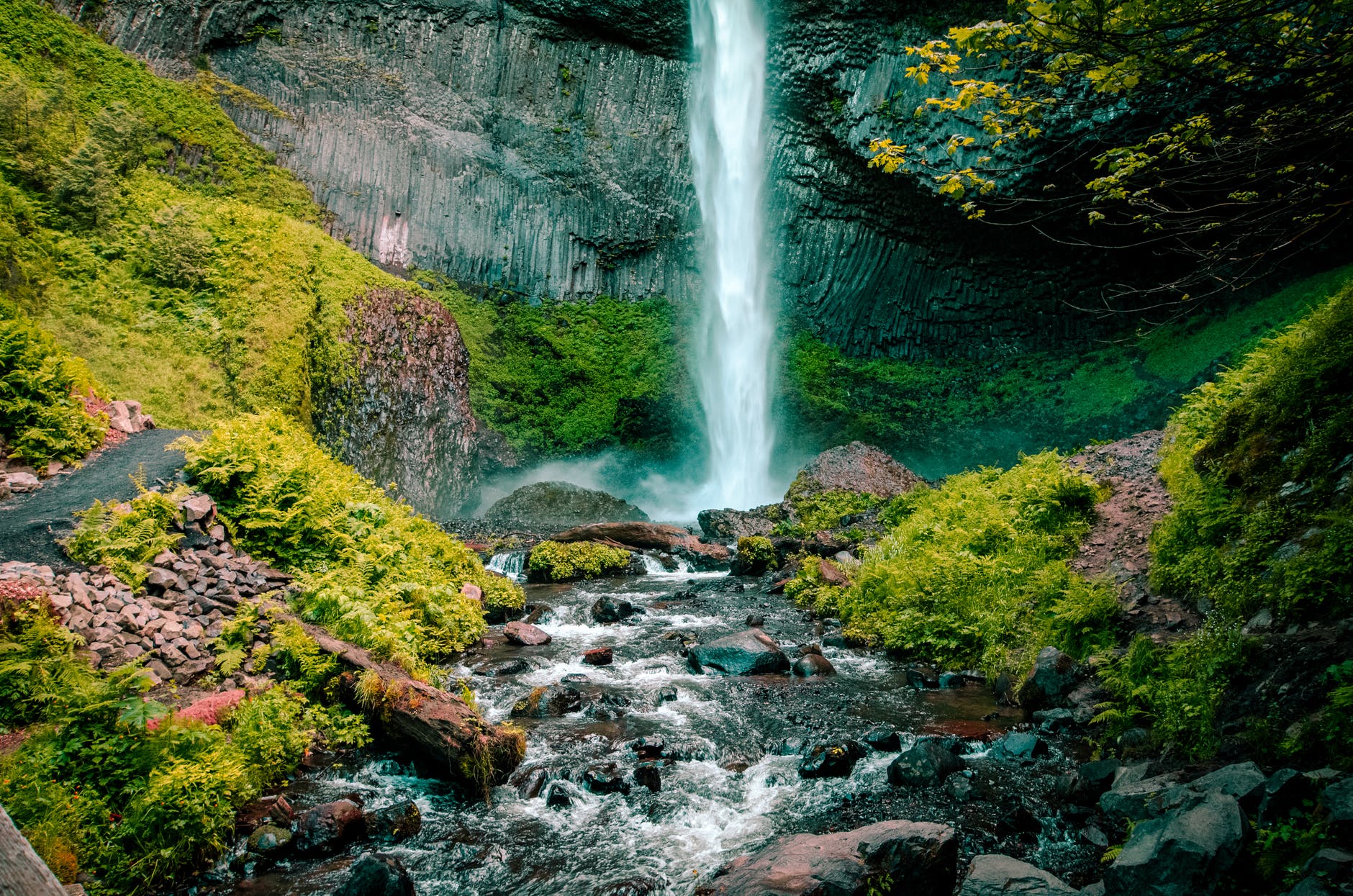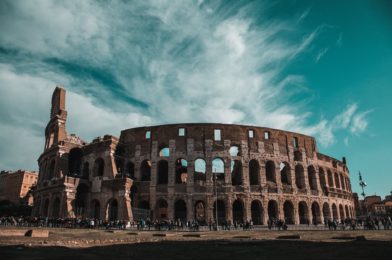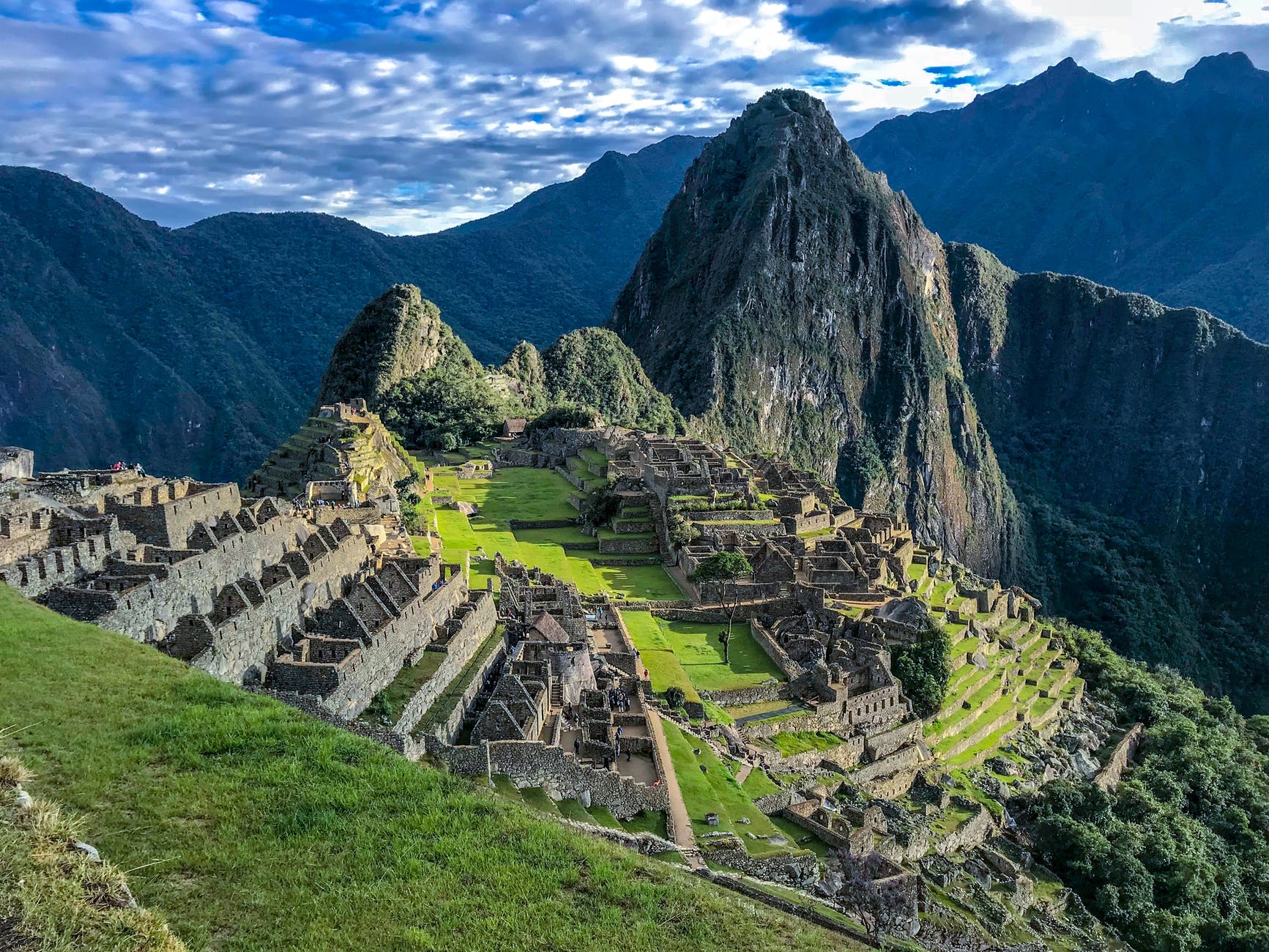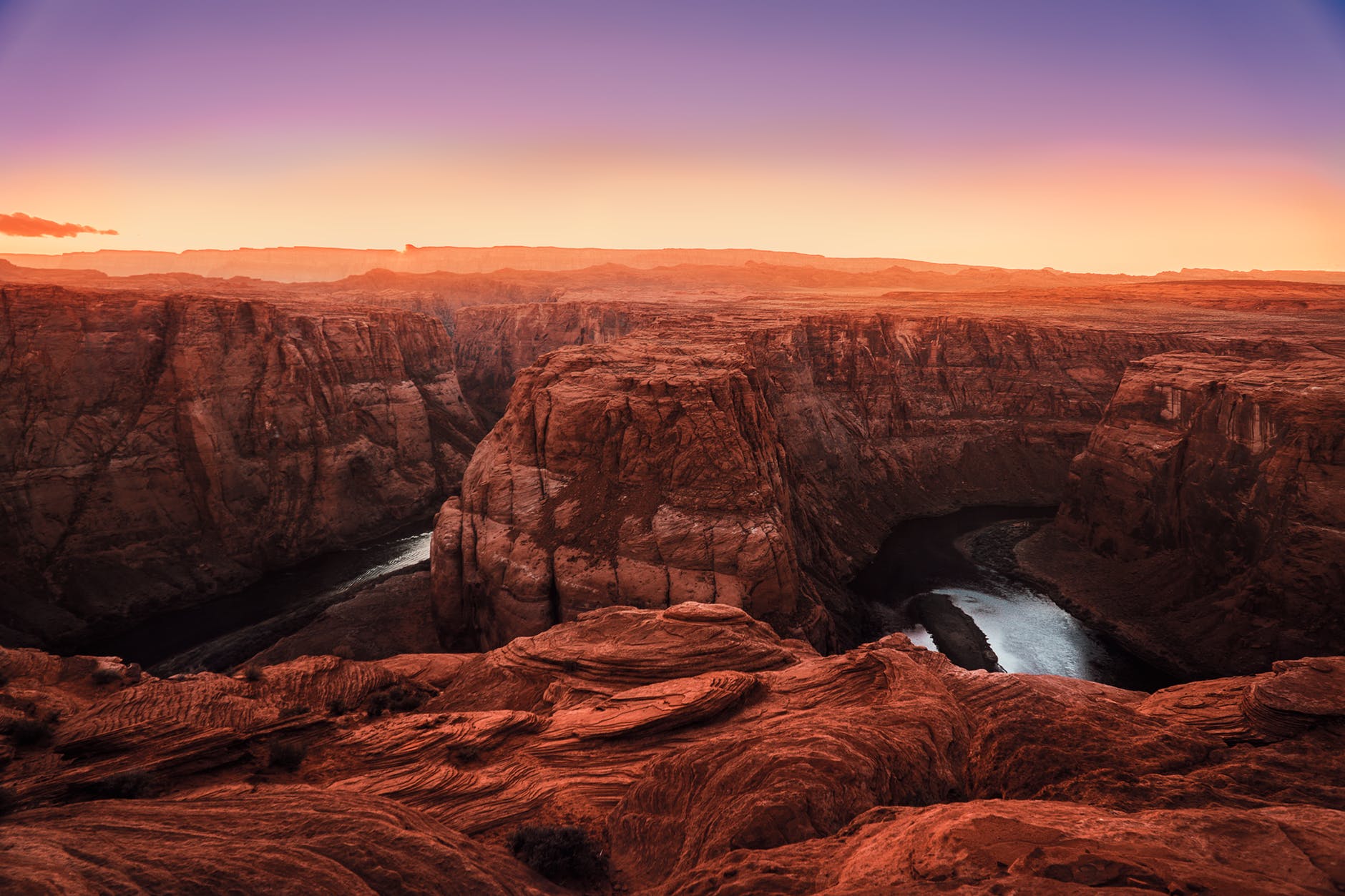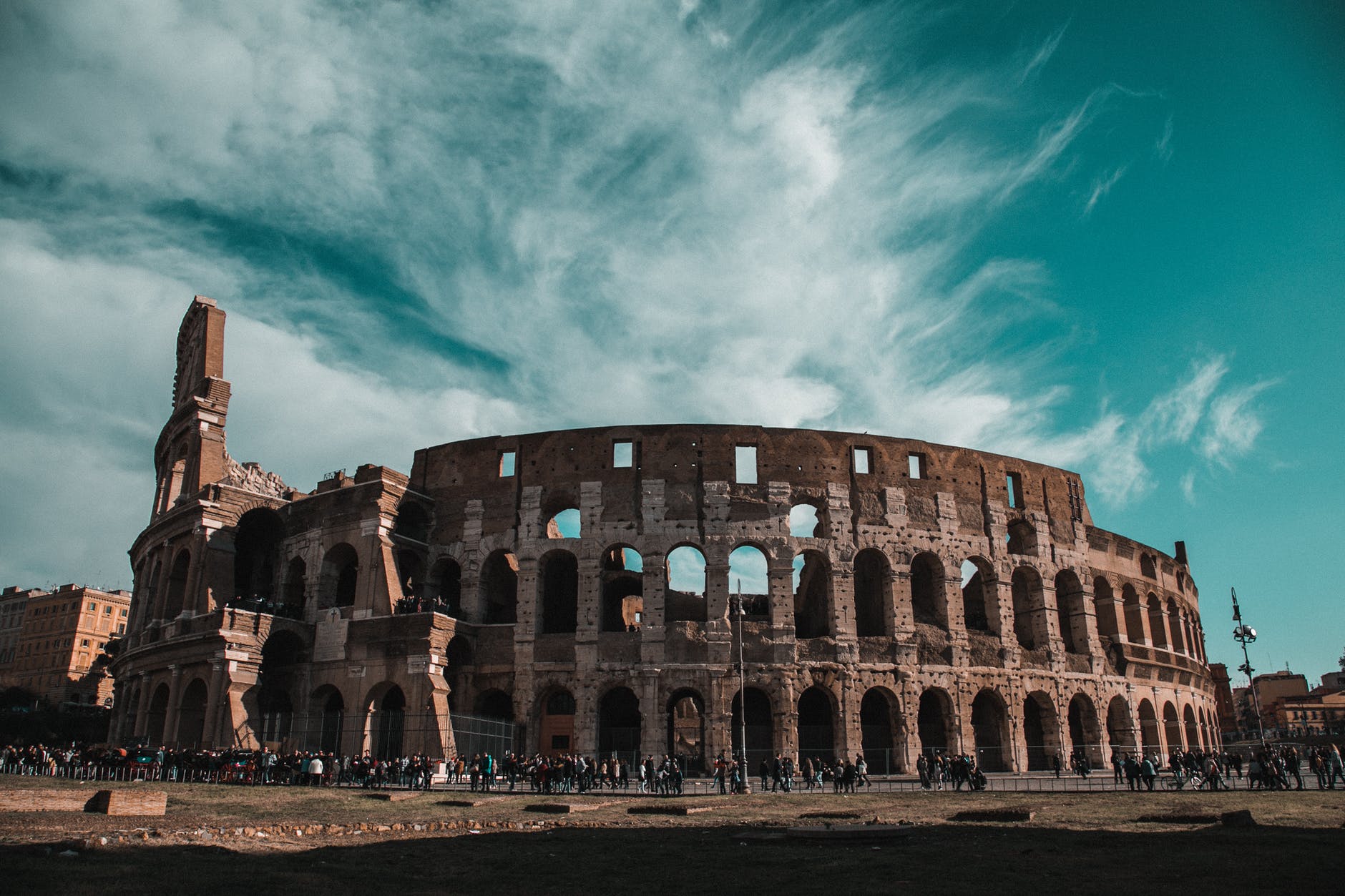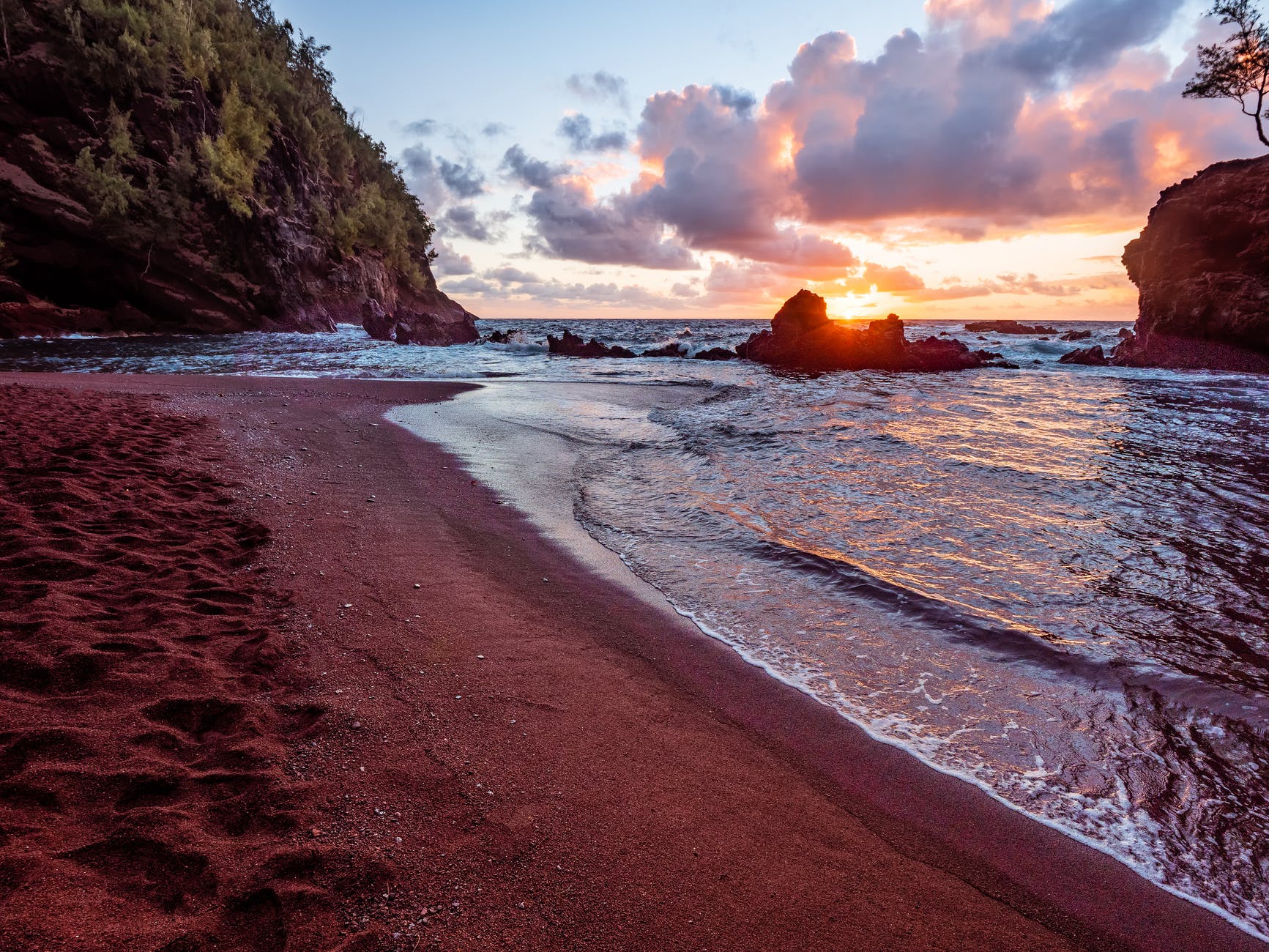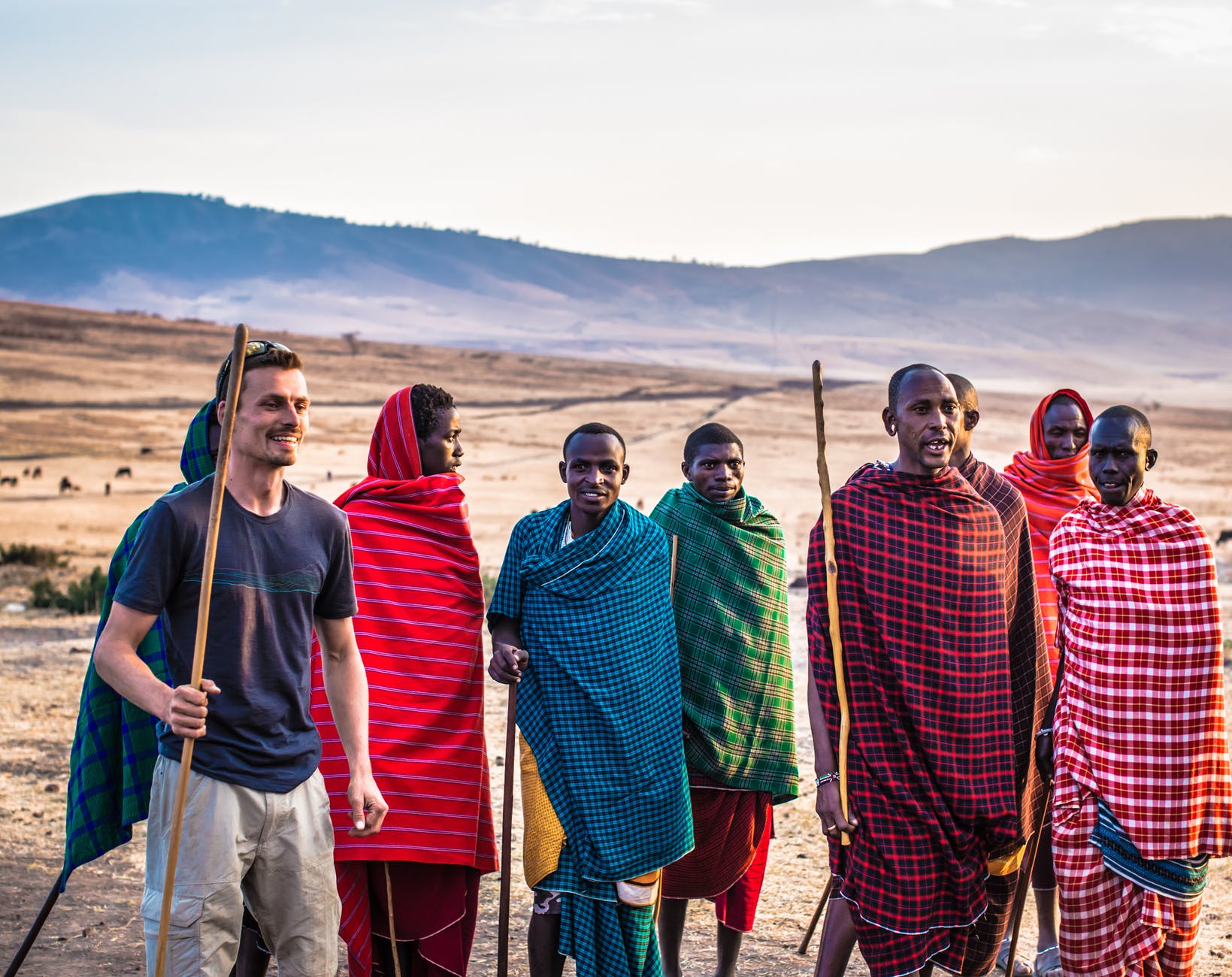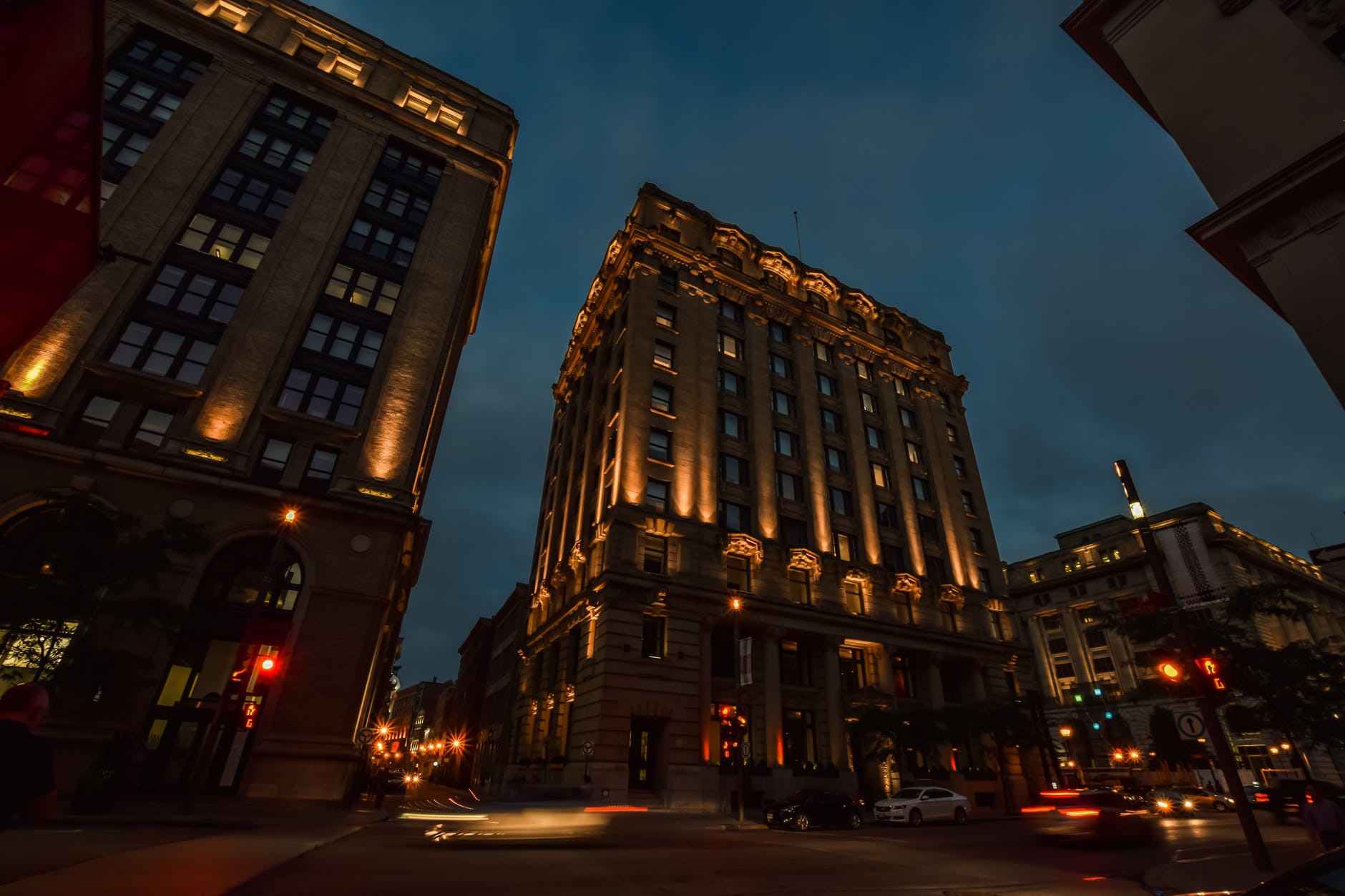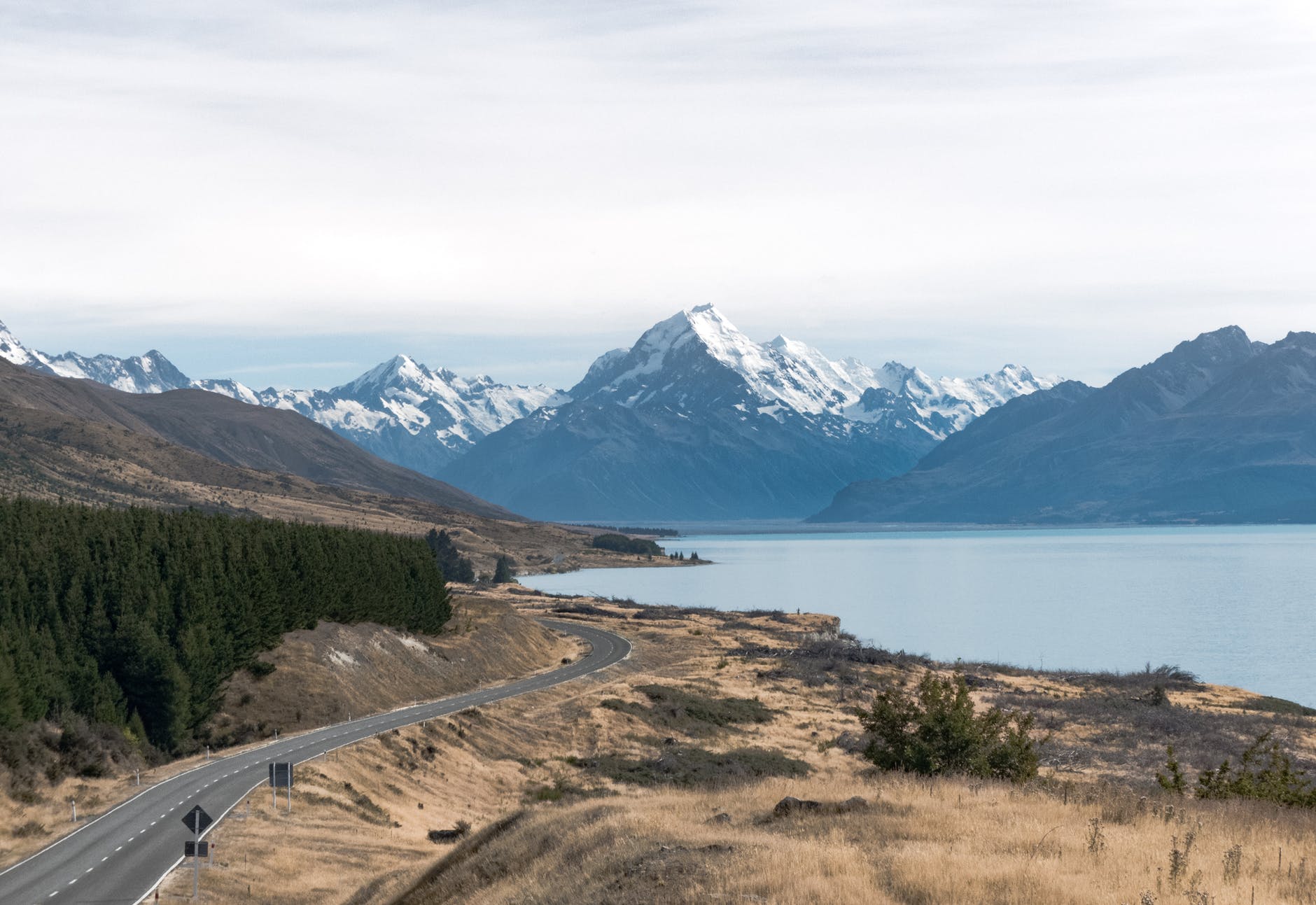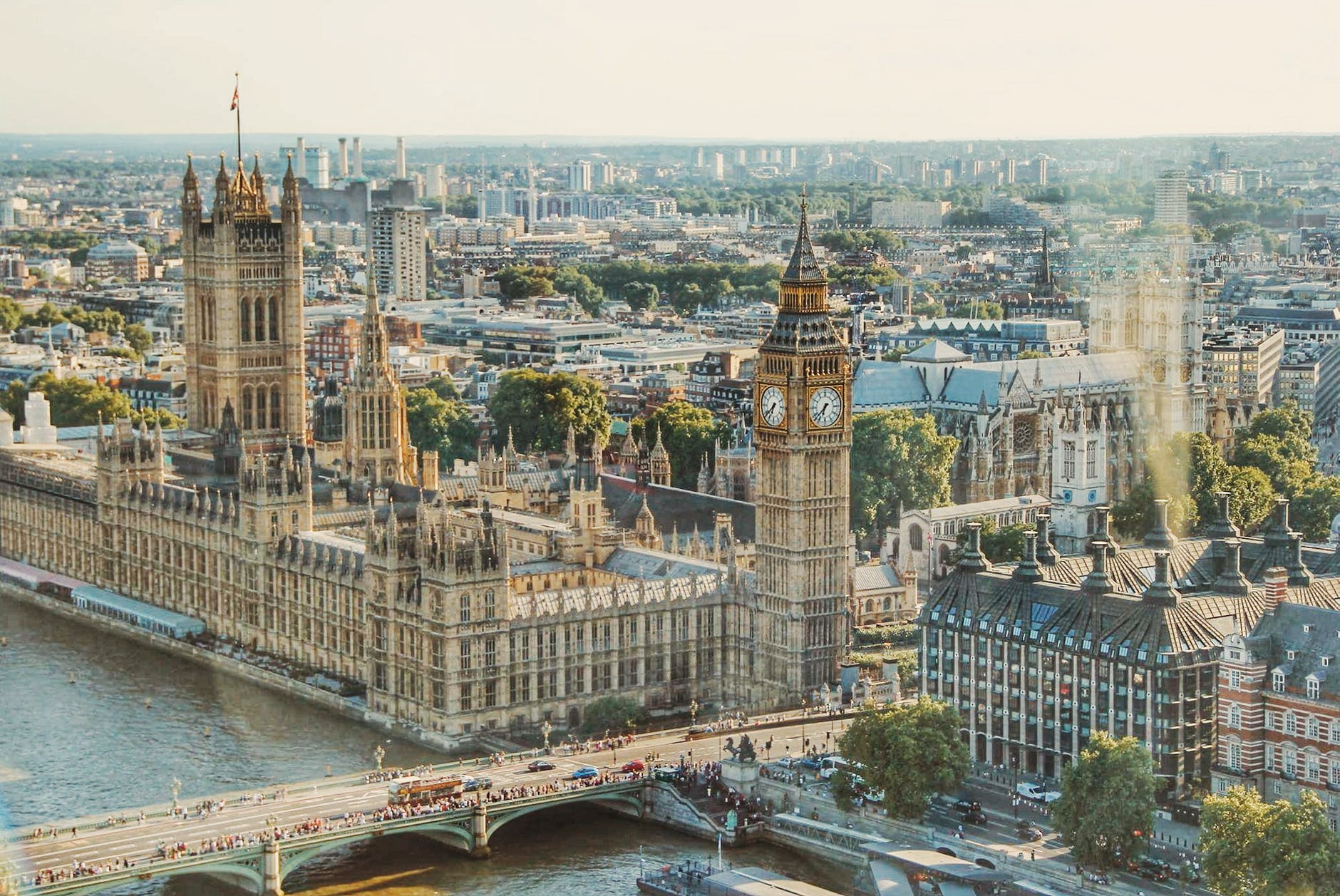Zoos are not only preserve various species but also educate us about the animals’ habitat, their way of living, food etc. Many zoos across the world attract a large number of tourists and at the same time are a fun place for kids to learn too. Zoos are giving you a chance to observe and understand nature and wildlife from close proximity. Just when you think of connecting with nature and getting the very best out of it, zoos should first ring in your mind. There are two distinct criteria that could be used to determine the largest zoos. The first being the size of the land that hosts the zoo while the second is the number of animals hosted within the confines of the zoo. They give you a chance to witness and admire the greatness of nature.
1.Berlin Zoological Garden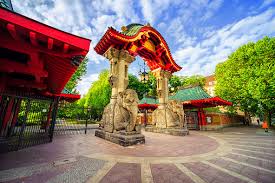
Berlin Zoological Garden is the largest and oldest and best-known zoo in Germany.
It covers 40 hectares (99 acres) and is located in Berlin’s Tiergarten with about 1,380 different species and over 48,662 animals. It is established in 1744. It is the most-visited zoo in Europe and one of the most popular worldwide. The zoo and its aquarium had more than 3.5 million visitors annually to attract with excellent collections of birds of prey, cranes, and antelopes. Many rare species, including pygmy hippopotamuses, Indian elephants, and orangutans, have been bred here.
It maintains and promotes European breeding programmes, helps safeguard several endangered species, and participates in several species reintroduction programs. Globally known animals like Knut, the polar bear, and Bao Bao, the giant panda have contributed to the zoo’s public image. The zoo collaborates with many universities, research institutes, and other zoos around the world. The zoo also maintains the international studbooks for gaur and both black and white rhinoceroses. Regular animal feedings are among its most famous attractions. Berlin Zoological Garden and Aquarium, German Zoologischer Garten und Aquarium Berlin, zoo and aquarium in Berlin, containing one of the world’s largest and most comprehensive animal collections. the outbreak of World War II in 1939, 4,000 birds and mammals and 8,300 aquarium specimens were housed in the zoo.
2.Columbus Zoo and Aquarium
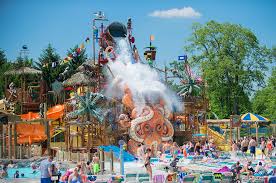
Columbus is the state capital and the most populous city in the U.S. state of Ohio. It is located in Ohio, United States. Columbus zoo sits on 2,340,000 square meters of land.It is the second largest in the world in terms of space. It is a non-profit facility that hosts about 9000 animals of 800 species. The seasonal light displays at the Columbus Zoo are really spectacular. The purpose of our visit was to see the lights, not to see any animal exhibits. We were able to spot a couple of polar bears and the reindeer were up and walking around. But the lights were dramatic, to say the least. The lights around the pond and in the trees provided a great music show. The music was timed with the lights. Every twenty minutes or so the show started.
The Columbus Zoo and Aquarium is a world of adventure to visit. Watch a polar bear swim above your head, meet the world famous gorilla family, say “G-Day” to the koalas, ponder the giant pachyderms and be amazed by the manatees. The Zoo provides more than $1 million annually to support over 70 conservation projects worldwide. A recreation and education destination that includes the 22-acre Zoombezi Bay water park and 18-hole Safari Golf Club, the Columbus Zoo and Aquarium was named the number one zoo in America by USA Travel Guide.
3.Toronto Zoo
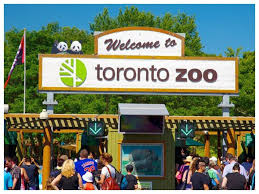
Toronto Zoo is a zoo located in Toronto, Ontario, Canada. This second largest zoo seated on 2,870,000 square meters(710 acres). It receives approximately 1.3 million visitors annually. If you happen to be in Canada, make a stop at Toronto zoo for an amazing experience. It hosts approximately 5,000 animals of 500 different species.
It is divided into seven zoogeographic regions: Indo-Malaya, Africa, Americas, Tundra Trek, Australasia, Eurasia, and the Canadian Domain. Some animals are displayed indoors in pavilions and outdoors in what would be their naturalistic environments, with viewing at many levels. It also has areas such as the Kids Zoo, Waterside Theatre, and Splash Island. It has one of the most taxonomically diverse collection of animals on display of any zoo.
Toronto zoo is awesome and provides wide range of animals to view and pandas are so cute and also they have a splash pad so kids can have fun.
This zoo is big and awesome. There is lots of walking in some sections. In the Canadian Domain area, each exhibit is spread out a lot. It takes a full day to see the whole zoo. They have a big variety of different animals in the zoo. They got to have giant pandas for 5 years but they recently left the zoo. Visitors will be able to walk along a series of one-way routes throughout the zoo and visit the African Rainforest Pavilion. There black handed spider monkeys were really tall and they were hanging on the ceiling bars of the cage. They also have a area for kids witch includes a slide, box turtles and a wood chuck. I would really suggest going to the Toronto Zoo . The zoo is a corporation owned by the municipal government of Toronto.[8] Founded by Hugh A. Crothers, an industrialist
- San Diego Zoo

The San Diego Zoo is a zoo in Balboa Park, San Diego, California, housing more than 3,500 animals of more than 650 species and subspecies. With over 4 million visitors,[10] San Diego Zoo is the most visited zoo in the United States. It is privately moderated by the nonprofit San Diego Zoo Global on 100 acres (40 ha) of Balboa Park leased from the City of San Diego. The Zoo is home of species that are part of the Species Survival Plan, program created by the Association of Zoos and Aquariums member zoos to systematically develop breeding management strategies to help protect some of the planet’s rarest animals. It is famous For Conservation efforts, Endangered species breeding programs; koalas, hippopotamuses, tigers, giraffes, gorillas. This zoo is one of the rare zoos to accommodate and breed giant panda, it is believed that San Diego is one of the best and largest zoos in the world. With a total land area of approximately 100 acres. This zoo is not only active in preserving and conservational efforts with respect to the wildlife here, but also ensures an open-air exhibit for each animal with an aim to eventually release the animals into the wild in future.
Best time to visit is When the weather is pleasant especially in the morning. Both the Zoo and the Safari Park have introduced new measures designed to ensure a safe and healthy guest experience. The San Diego Zoo and the San Diego Zoo Safari Park are outdoor destinations to visit. What an experience! We love learning about the Safari Park’s conservation efforts and that our visit contributes to their efforts in saving these species for future generations. Allegedly, this zoological garden has a membership count of close to half a million.
- London Zoo or Regent’s Zoo

London Zoo is situated at the northern edge of Regent’s Park, on the boundary line between the City of Westminster and the borough of Camden . The zoo is sometimes called Regent’s Zoo. It is the world’s oldest scientific zoo and opened in London on 27 April 1828. It hosts a collection of 673 species of animals, with 19,289 individuals, making it one of the largest collections in the United Kingdom. It is managed under the aegis of the Zoological Society of London. The Society also has a more spacious site at ZSL Whipsnade Zoo in Bedfordshire to which the larger animals such as elephants and rhinos have been moved. As well as being the first scientific zoo, ZSL London Zoo also opened the first reptile house. Asiatic lions, Squirrel, Colobus and spider monkeys, Camels, Giraffes, Okapis, Western lowland gorillas, Sumatran tigers, Crocodiles, lizards, frogs and snakes, Humbolt, penguins, African lions, Elephants, Rhinos, Chimpanzees, Amur tigers, Brown bears, Rockhopper and African black-footed penguins, Californian sea lions etc can be see here.
Our amazing Meet the Animals experiences make a day out at ZSL London Zoo even more memorable. Get the chance to get up close to our animals whilst in the company of one of our experienced and knowledgeable zoo keepers. Your experience is certain to be a fantastic one and will also be contributing to our vital conservation work around the world. That’s why Heart are taking you behind the scenes at London Zoo and its sister site, Whipsnade Animal Park, to meet the dedicated team of experts and keepers looking after the wonderful animals.
- The Bronx Zoo
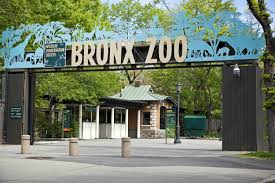
Bronx is a zoological garden consisting of four zoos and an aquarium. It is one of the largest zoos in the United States. The Bronx Zoo in New York City is the biggest metropolitan zoo in the United States, comprising 265 acres (107 ha) of park lands. This zoo hosts more than 4,000 animals of 650 species. The wildlife conservation society (WCS) is responsible for handling the operations within the zoo . Some of the exhibits at the Bronx Zoo, such as World of Birds and World of Reptiles, are arranged by taxonomy, while others, such as African Plains and Wild Asia, are arranged geographically. It is also rated as the world’s largest metropolitan zoo. the Bronx zoo receives well over 2.25 million tourists annually.
- The National Zoological Gardens

There are numerous Picnic Spots were you can enjoy a rest in the shade of giant trees. Braai facilities are available at the Picnic Spot next to the Apies River. The Zoo Choo-Choo Tractor Train takes you on rides through parts of the Zoo. A cable-car ride provides you with a Panoramic View of the Zoo and surrounding City. It is situated at 323 Boom Street in South Africa and treated as one of the top zoos in the world. There are 3117 animals at the zoo and it has the largest inland marine aquarium in the country. The zoo also has a reptile park and the third largest collection of exotic trees. They have an “adopt an animal scheme”. The zoo plays an important role in protecting and conserving threatened species.
South Africa is known for its rich wildlife located in a natural habitat, with a land area of about 210 acres in Pretoria, South Africa. Its uniqueness lie in the planning involved in the structure of the zoo. One part comprises mainly of flat lands while the other is a slightly hilly one and these parts are separated by the Apies river flowing through the zoo. It gets more interesting with the wide range of species housed by the zoo and a total number of animals to be around 9,000. This is one of the most loved largest zoos in the world.
- Moscow Zoo
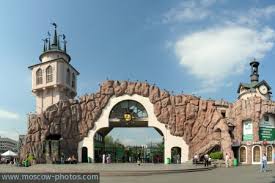
The Moscow Zoo is one of the oldest zoos in Europe. Today, the Moscow Zoo has over 6000 animals representing 1000 species and covers an area of about 53 acres (21.5 ha) making it Russia’s largest zoo. It has opened for visitors since 1864. Prior to construction of the footbridge, the zoo operated as two ‘separate zoos’ because the Bolshaya Gruzinskaya Street divides the properties. In addition, the zoo was expanded once more. New exhibits were opened including a sea aquarium, an aviary, a creatures of the night exhibit, a sea lion exhibit and a section aimed at children. Waterfalls and streams were added throughout to give the zoo a more natural feeling. The Moscow zoo has over 7,500 animals. The zoo studies animal’s behavior, feeding and reproduction, and breeds rare endangered species.
It is a Russian zoo, so don’t be surprised to find that many of the animals are hiding indoors because they are cold in the winter. As it is a city centre zoo, there’s not a huge amount of space for some of the bigger animals, but despite its location Moscow Zoo feels large, green and peaceful. Meerkats, monkeys and dolphins seem happy in their enclosures and often show off for the audiences, while the pond has much exotic bird life to look out for. Kids will love it, especially the reptile house. As well as polar bears, wolves and a Siberian tiger, they also have other big game such as elephants, lions, giraffes and zebras. It also goes down the book of records as one among the oldest zoos in the world. The Moscow Zoo remained open during World War II, though much of the park was destroyed.
- Henry Doorly Zoo and Aquarium
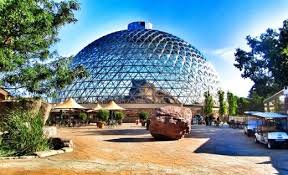
Omaha’s Henry Doorly Zoo is claimed to be number 1 in the US and probably among the best in the world. Omaha’s Zoo offers a variety of travel-worthy experiences. Walk through the world’s largest indoor desert and the largest indoor rainforest in North America. Explore exotic locations and underground caves to see thousands of animals from across the globe in their natural habitat. With more than 7 acres of indoor exhibits. The Omaha zoo redefines the term “zoo” by dedicating resources to saving and protecting species around the world. The Zoo is a tobacco-free facility and parking is free to guests.
Outside of a world-renowned conservation program, There are so many things to see and do! Some of our favorites included the bats in the jungle, the giraffes (can only feed the giraffes if they come to you), skyfari, feed the stingrays, the aquarium, and the butterfly house! Consistently rated the top zoo in the U.S. A must see in Omaha. Can’t all be seen in a day. The aquarium, rain forest, desert dome (the largest geodesic dome in the world), butterfly exhibit, and the brand new African grasslands, with roaming elephants and more, are a great first visit. Arrive early. The zoo is Nebraska’s top paid attendance attraction and has welcomed more than 25 million visitors over the past 40 years. Huge domes are the must to go places are the Lied Jungle is one of the world’s largest indoor rainforests, and the “Desert Dome” is one of the world’s largest indoor deserts, as well as the largest glazed geodesic dome in the world.
- Beijing Zoo
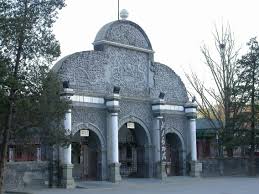
During the late Qing Dynasty, the Beijing Zoo has one of the largest animal collections in China in 1906. The zoo is home to 14,500 animals representing over 450 species of land animals and over 500 species of marine animals. The zoo occupies an area of 219 acres (89 ha). The Beijing Zoo is probably best known for its collection of rare animals endemic to China including the Giant Pandas, which are the park’s most popular attraction. Like many of Beijing’s parks, the zoo’s grounds resemble classical Chinese gardens, with flower beds amidst natural scenery, including dense groves of trees, stretches of meadows, small streams and rivers, lotus pools, and hills dotted with pavilions and historical buildings. More than five million people visit the zoo each year.
The zoo also has a broad collection of megafauna such as addax, Asian black bears, Asian and African elephants, bats, beluga whales, chimpanzees, clouded leopards, flamingos, gorillas, hippopotamuses, jaguars, kangaroos, lemurs, lions, muntjac, otters, penguins, polar bears, rhinoceroses, sea turtles, tapirs, giraffes and zebras, as well as 13 of the world’s 15 species of cranes. The Beijing Zoo is including the giant pandas, the red panda , the golden snub-nosed monkey, South China tiger, white-lipped deer, Pere David’s deer, crested ibis, Chinese alligator, and Chinese giant salamander. Other endangered or threatened species like Siberian tiger, yak, Przewalski’s horse, snow leopard, Tibetan gazelle, and kiang. Facilities introduced for the gorillas include a medical room, a mating room and a specialist feeding room. Beijing Aquarium is highly recommended for anyone visiting Beijing Zoo. It is widely-recognized by tourist bodies as being one of the country’s top attractions, and is actually the largest inland aquarium in the world. The aquarium features thousands of different aquatic species – man-eating fishes, precious Chinese sturgeons, huge sea elephants and fierce sharks are some of the highlights.

